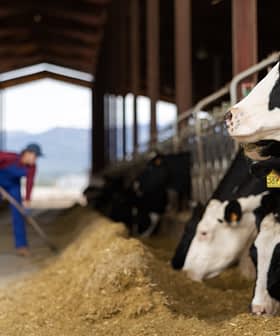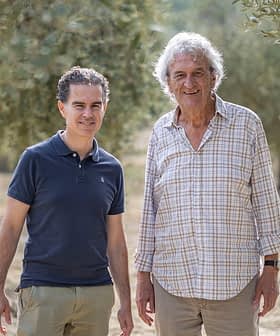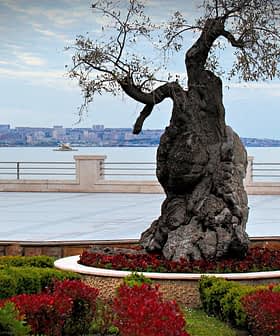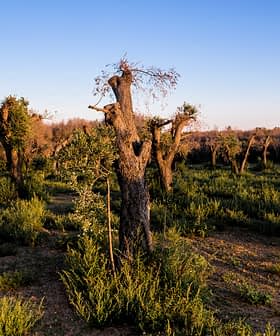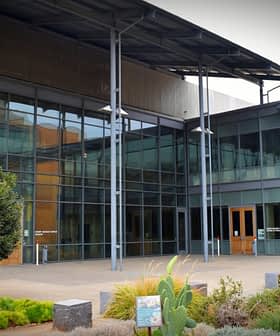The Trump Cards of Climate Change in Olive Cultivation
For what it's worth, climate change, at least for olive oil production, may prove a blessing in disguise.
The Australian Academy of Science (AAS) defines climate change as the change in the statistical properties of the climate system (such as averages, variability and extremes) that persists for several decades or longer — usually at least 30 years.
This change might be natural or man-made, the AAS states. The former may be happening because of natural processes, such as changes in the Sun’s radiation, volcanoes or internal variability in the climate system, the latter are brought about as human activities change the composition of the atmosphere and soil.
See Also:Research Scientist Luigi Ponti, On Olive Oil Podcast
And how about the pace of this change? According to the National Aeronautics and Space Administration (NASA) the Earth’s temperature has risen about one degree Fahrenheit in the last 100 years, causing snow and ice to melt and oceans to rise, upsetting even the timing of when certain plants grow. As it follows, a change in climate will influence the venerated olive tree, too, no matter its hardiness.
E.M. Kabourakis, the manager of the the Institute of Viticulture, Floriculture and Vegetable Crops (IVFVC) in Greece told Olive Oil Times, “The change in precipitation patterns as well as more extreme weather events like droughts, floods and immense heat waves that occur with greater frequency and increased intensity affect the crops and their production, and the whole olive orchard agroecosystem.”
“Average air temperatures have been rising in the last decades, especially during summer. This temperature rise in combination with prolonged dry periods affect among others the phenology, physiology and productivity of cultivated plants, and more specific, the olive trees,” Kabourakis said.
The issue of climate change has too many facets for there to be a black and white approach. While climate change tends to push our panic buttons to the extent of contemplating new habitable planets, there might actually be some ‘trump cards’ to the change of climate we are unaware of.
Particularly when it comes to growing olive trees, climate change, in very specific respects, might prove a blessing in disguise as it can annihilate the olive tree’s sworn enemy, Bactrocera Oleae: the abhorrent olive fly.
“Regarding olive production, this relates mostly to the effect of increasing summer temperatures to the population dynamics of the olive fly, the main olive tree pest, and the olive fruit damage,” confirms Kabourakis. “This is due to the olive fly sensitivity to temperatures above 30° Celsius,” the researcher said.
Previous studies in the field have already confirmed that an average 1.8°C rise in global temperature from 1960 to 2050 will boost the development of olive plantations, diminishing, at the same time, the fruit fly’s survival rate.
The hardiness of the olive tree might withstand warmer temperatures, but fruit flies will not. This will be the case particularly for the Mediterranean basin, cultivator of 97 percent of olive trees globally, where over the long term climate change is expected to increase output by 4.1 percent — with the Northern African countries emerging on the winner’s side, and Eastern Mediterranean countries as well as the Middle East on the loser’s.
Such hypotheses are shared by fellow researchers, including Luigi Ponti, a scientist at Italy’s Sustainable Development and Agro-Industrial Innovation unit, ENEA: “It’s a combination of the extension of the growing season for the olive and the fact that the pest, the olive fly, is going to have a hard time,” Ponti said in a podcast interview with Olive Oil Times publisher, Curtis Cord.
Additionally, climate change can open up macabre possibilities in the wider agricultural sector.
“For other crops, hotter and drier conditions will expand the possibilities for outdoor grown production of vegetables, though this depends on the water availability,” said Kabourakis, who also stressed that climate change will impact the economy of the touristic olive oil-producing countries, where the extended hot and dry seasons will tempt visitors to swarm the places beyond summer and late spring/early fall seasons.

